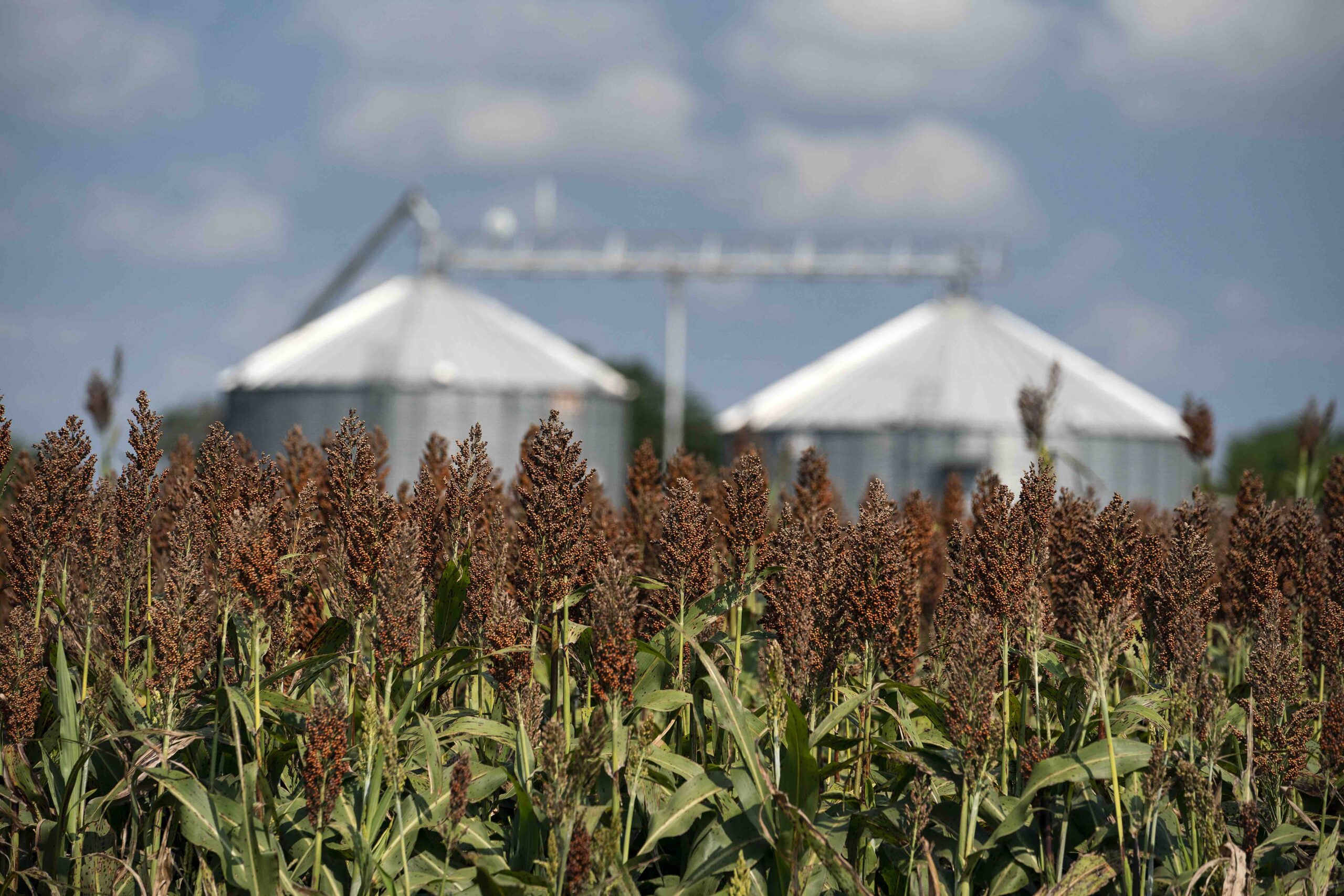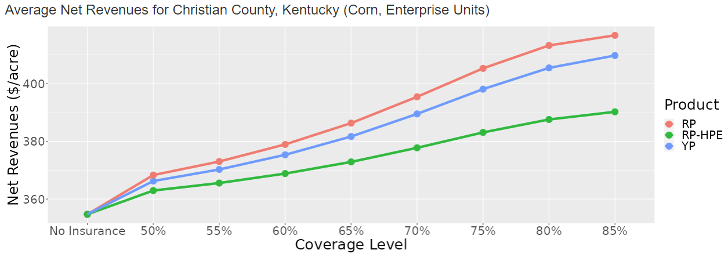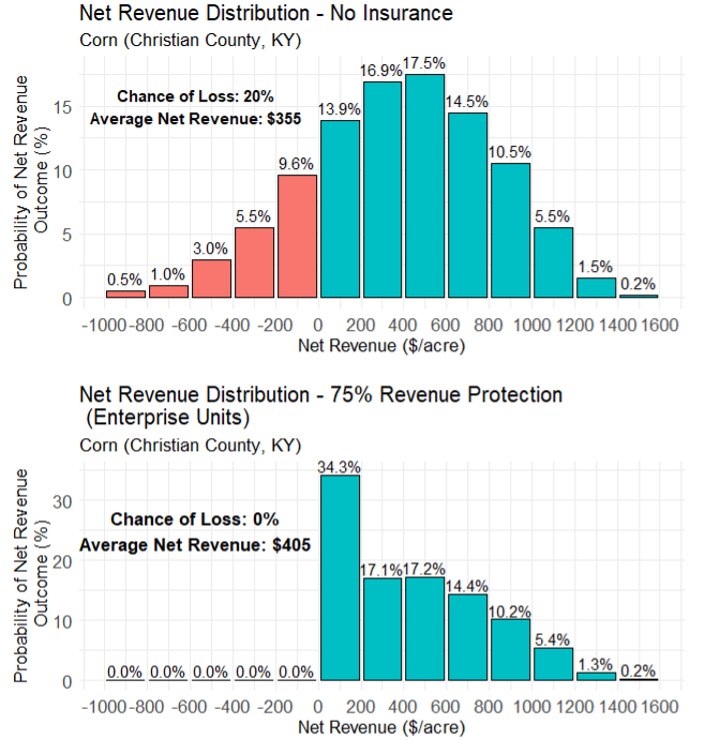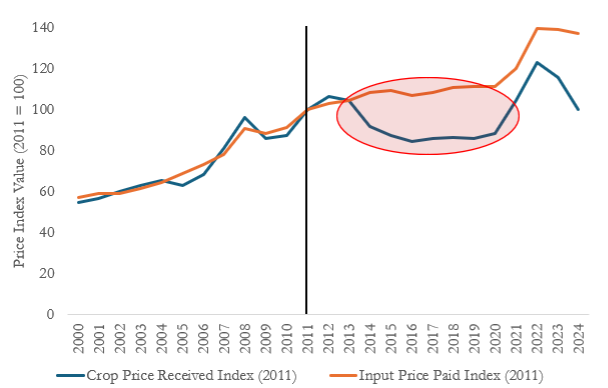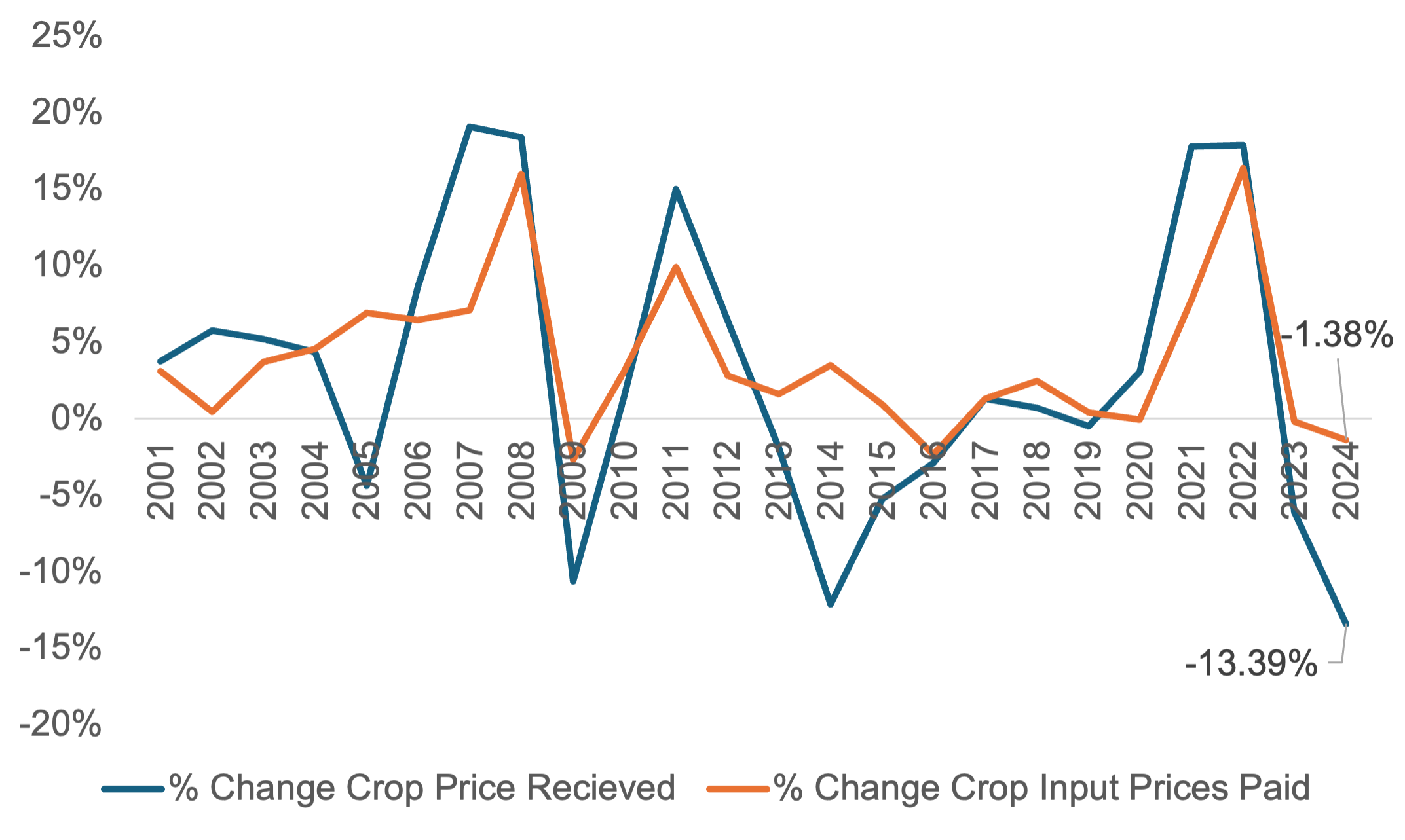The H-2A Program allows direct farm employers to hire H-2A workers through Farm Labor Contractors (FLCs) (CFR § 655.132). Current regulations allow an FLC to file a single foreign labor certification application where they declare the need for a batch of workers intended to service multiple farms at several farm work locations. These work assignments can even extend beyond the FLC’s home state boundaries (Castillo, Martin, and Rutledge, 2022).
In 2021 and 2022, FLCs have hired more than 40 percent of all DOL-certified H-2A workers, with California, Florida, and Georgia as the most popular work destinations in recent years (Table 1). More than 60 percent of FLCs’ H-2A hires are accounted for by companies based in Florida and California. In recent years, Georgia, Texas, and North Carolina are the other Southern States included in the Top 6 home states of FLCs.
In 2023, most H-2A workers hired by California FLCs were detailed within the state (88 percent), with about 10 percent outsourced to Arizona farms, while the rest worked in four other states (Colorado, Nevada, Texas, and South Carolina). In contrast, H-2A hires of Florida-based FLCs are more dispersed, with 52 percent ending up employed within the state, while the rest are deployed in 28 states with North Carolina and Michigan (11 percent each), Indiana (6 percent), Georgia (4 percent), and Illinois (3 percent) as the five most popular work destinations.
The value of FLCs in the H-2A hiring scheme lies in their greater familiarity with the farm labor supply conditions in countries where most potential H-2A workers come from. FLCs maintain extensive social and business networks in those countries that allow them to solicit workers even from remote local communities. In contrast, individual U.S. farm businesses’ worker solicitation outreach networks are usually not as broad and far-reaching. Thus, the FLCs capitalize on their good connections and extensive outreach, making them viable suppliers of prospective H-2A workers for U.S. farms.
However, a cursory review of wage-related violations in agriculture indicates high incidences of infractions associated with the FLC-H-2A hiring scheme. Based on more recent wage violations data compiled by the Department of Labor’s Wage and Hour Division (DOL-WHD), FLCs’ H-2A hires account for 27 percent (2022) to 31 percent (2023) of all H-2A-related cases. Back wages owed to FLC’s H-2A workers account for 15 percent (2022) to 26 percent (2021) of all H-2A back wages. These proportions may be less than the FLCs’ H-2A supply proportions of about 33 to 44 percent during these years, but the nature of these violations provides an interesting discussion of the crucial impact of FLCs on the viability of the H-2A program. In a later issue, a follow-up article will discuss the nature of these FLC-associated labor violations and back wages, as well as shed light on how federal budgetary decisions could influence the varying efficiency, scope, and depth of the DOL-WHD’s policy compliance auditing process over the years.
Table 1. H-2A Workers Hired by Farm Labor Contracts, Geographical Dispersion, and Wage

Source: Department of Labor (DOL) H-2A Disclosure Datasets; DOL -Wage and Hour Division (WHD)
References:
Castillo, M., P. Martin, and Z. Rutledge. (2022). The H-2A Temporary Agricultural Worker Program in 2020. Economic Information Bulletin #238, Economic Research Service, U.S. Department of Agriculture. Washington, DC.
Code of Federal Regulations (CFR). Labor Certification Process for Temporary Agricultural Employment in the United States, Subpart B. National Archives, Government Policy and OFR Procedures, Washington, DC.
Escalante, Cesar L. “Hiring H-2A Workers through Farm Labor Contracts.” Southern Ag Today 4(30.3). July 24, 2024. Permalink

